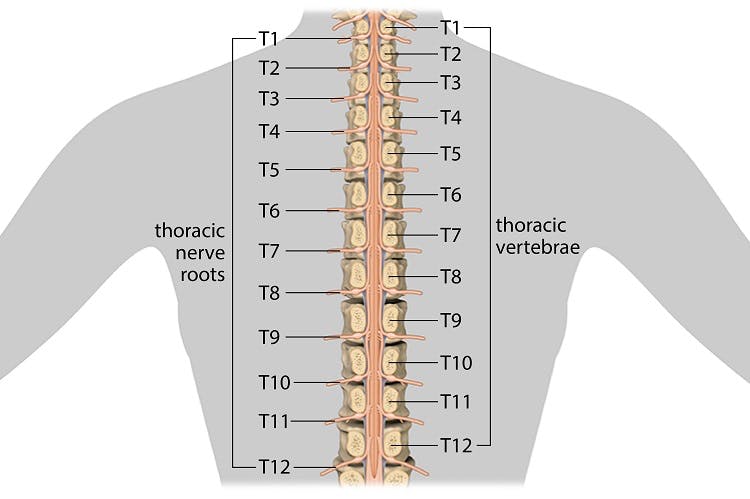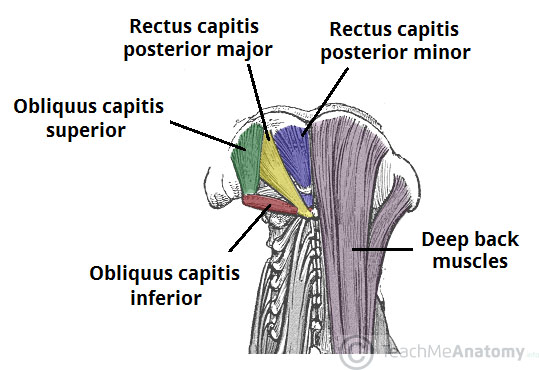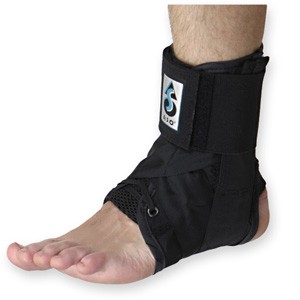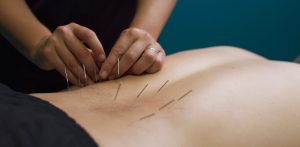 Dry Needling
Dry Needling
Trigger-point dry needling is a procedure where a fine acupuncture needle is inserted into the skin and muscle. It is aimed at myofascial trigger points, which are points of exquisite pain in skeletal muscle, that are associated with a hypersensitive palpable nodule or a taut band.
Active trigger points can spontaneously trigger local or referred pain. They cause muscle weakness, restricted range of movement and autonomic phenomena. Latent trigger points do not cause pain unless they are stimulated. They may alter muscle activation patterns and contribute to restricted range of movement . Therefore both active and latent trigger points cause allodynia(nerve pain) at the trigger point site and hyperalgesia away from the trigger point following applied pressure.
The formation of trigger points is caused by the creation of a taut band or knot within the muscle. This band is caused by excessive acetylcholine release from the motor endplate combined with inhibition of acetylcholine esterase and upregulation of nicotinic acetylcholine receptors. Motor end plates, also called neuromuscular junctions, are specialised chemical synapses formed at the sites where the terminal branches of the axon of a motor neuron contact a target muscle cell. Motor neurons are nerve cells that send electrical output signals to the muscles.
Initially the taut bands are produced as a normal protective, physiological measure in the presence of actual or potential muscle damage. They are thought to occur in response to unaccustomed eccentric or concentric loading, sustained postures and repetitive low load stress. However when sustained they contribute to sustained pain. The pain caused by trigger points is due to hypoxia and decreased blood flow within the trigger point. This leads to a decreased pH which activates the muscle nociceptors to restore homeostasis. This causes peripheral sensitization. Trigger points are also involved in central sensitization. The mechanism remains unclear but trigger points maintain nocioceptive input into the dorsal horn and therefore contribute to central sensitization.
Stimulation of a local twitch response (LTR)
Dry-needling of these myofascial trigger points via mechanical stimulation causes an analgesic effect. This mechanical stimulation causes a local twitch response (LTR). A LTR is an involuntary spinal cord reflex contraction of the muscle fibers in a taut band. Triggering an LTR has been shown to reduce the concentration of nociceptive substances in the chemical environment near myofascial trigger points.
Muscle regeneration
The needle may also cause a small focal lesion which triggers satellite cell migration to the area which then repair or replace damaged myofibers. This occurs 7-10 days after dry needling. It is unclear whether continued dry needling within this period may disrupt this process.
Dry needling may also cause a localized stretch to the cytoskeletal structures. This stretch may allow sarcomeres to resume their resting length. The mechanical pressure causes collagen fibers to intrinsically electrically polarize which also triggers tissue remodeling.
The effectiveness of this treatment depends greatly on the skill of the therapist to accurately palpate mysofascial trigger points.
video on twitch response of dry needling
Physiotherapists in Tralee specializing in hand-on deep tissue work, dry needling and osteopathic manipulations. Phone 0867700191 to discuss your condition or make an appointment.
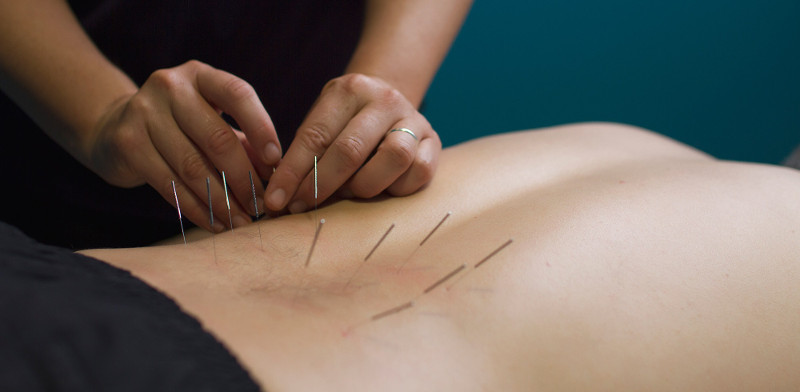
 Dry Needling
Dry Needling